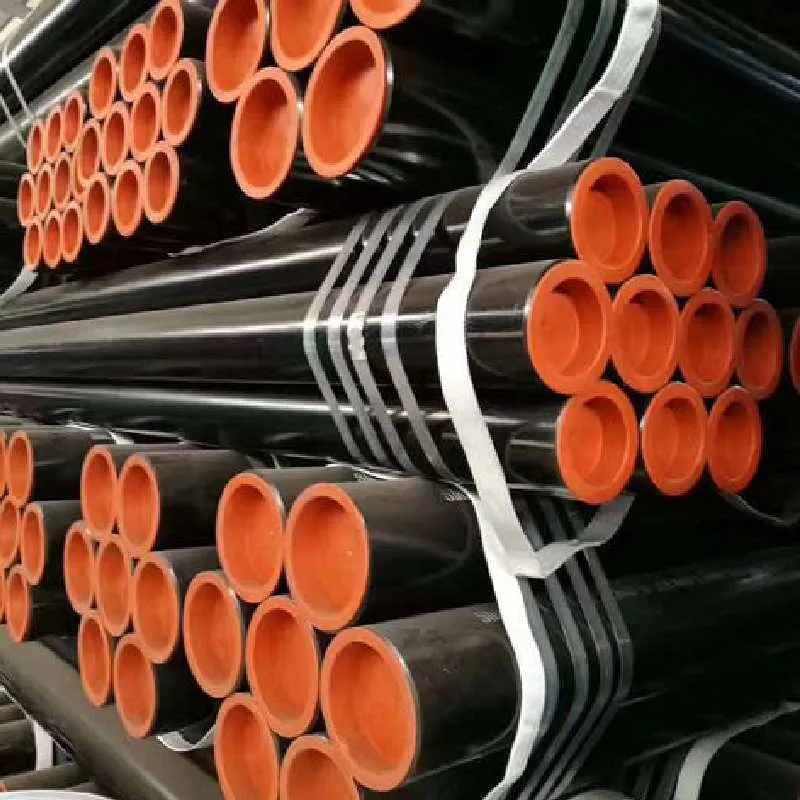-
Cangzhou Yulong Steel Co., Ltd.
-
Phone:
+86 13303177267 -
Email:
admin@ylsteelfittings.com
- English
- Arabic
- Italian
- Spanish
- Portuguese
- German
- kazakh
- Persian
- Greek
- French
- Russian
- Polish
- Thai
- Indonesian
- Vietnamese
- Zulu
- Korean
- Uzbek
- Hindi
- Serbian
- Malay
- Ukrainian
- Gujarati
- Haitian Creole
- hausa
- hawaiian
- Hebrew
- Miao
- Hungarian
- Icelandic
- igbo
- irish
- Japanese
- Javanese
- Kannada
- Khmer
- Rwandese
- Afrikaans
- Albanian
- Amharic
- Armenian
- Azerbaijani
- Basque
- Belarusian
- Bengali
- Bosnian
- Bulgarian
- Catalan
- Cebuano
- China
- China (Taiwan)
- Corsican
- Croatian
- Czech
- Danish
- Esperanto
- Estonian
- Finnish
- Frisian
- Galician
- Georgian
- Kurdish
- Kyrgyz
- Lao
- Latin
- Latvian
- Lithuanian
- Luxembourgish
- Macedonian
- Malgashi
- Malayalam
- Maltese
- Maori
- Marathi
- Mongolian
- Myanmar
- Nepali
- Norwegian
- Norwegian
- Occitan
- Pashto
- Dutch
- Punjabi
- Romanian
- Samoan
- Scottish Gaelic
- Sesotho
- Shona
- Sindhi
- Sinhala
- Slovak
- Slovenian
- Somali
- Sundanese
- Swahili
- Swedish
- Tagalog
- Tajik
- Tamil
- Tatar
- Telugu
- Turkish
- Turkmen
- Urdu
- Uighur
- Welsh
- Bantu
- Yiddish
- Yoruba

Oct . 13, 2024 03:11 Back to list
Understanding ANSI Vacuum Flanges for Optimal Sealing and Connection Efficiency
Understanding ANSI Vacuum Flanges A Comprehensive Overview
In the realm of vacuum technology, the significance of flanges cannot be overstated. Flanges serve as vital components in the construction of vacuum systems, allowing for leak-tight seal connections between different parts of the equipment. Among the various types of flanges, ANSI vacuum flanges hold a special place due to their standardized design and broad applicability across different industries.
What is ANSI?
ANSI stands for the American National Standards Institute, which is an organization that oversees the development of voluntary consensus standards for products, services, processes, systems, and personnel in the United States. ANSI standards ensure that products are safe and function as intended, contributing to quality control and reliability in various industries, including manufacturing, aerospace, automotive, and semiconductor technologies.
Characteristics of ANSI Vacuum Flanges
ANSI vacuum flanges are designed according to specific standards that dictate their size, shape, and performance characteristics. These flanges are typically made of materials like stainless steel or other alloys that provide excellent corrosion resistance and can withstand high vacuum conditions. One notable feature of ANSI vacuum flanges is their ability to create a reliable seal under varying pressure conditions, making them suitable for dynamic and static applications alike.
Types of ANSI Flanges
There are different types of ANSI flanges, such as flat-face flanges and raised-face flanges, each designed for specific applications. Flat-face ANSI flanges are commonly used in low-pressure applications, while raised-face flanges are used in high-pressure situations, providing a better seal. Additionally, ANSI vacuum flanges have integrated bolt holes, allowing for secure fastening with bolts and nuts, which is crucial for maintaining the integrity of the vacuum seal.
ansi vacuum flange

Applications of ANSI Vacuum Flanges
The versatility of ANSI vacuum flanges makes them suitable for a wide array of applications. In the semiconductor industry, for instance, they are used in vacuum chambers for processes like chemical vapor deposition (CVD) and physical vapor deposition (PVD). These flanges ensure that the materials used in manufacturing chips are deposited in a contamination-free environment, enhancing the longevity and performance of electronic devices.
Moreover, ANSI vacuum flanges are essential in laboratories and research facilities where precise control over vacuum conditions is required. They are utilized in scientific experiments and equipment such as mass spectrometers and electron microscopes, ensuring that the samples remain uncontaminated and that the instruments function accurately.
Advantages of Using ANSI Vacuum Flanges
Choosing ANSI vacuum flanges provides several advantages. Firstly, their standardized dimensions facilitate ease of interchangeability among different manufacturers, promoting flexibility in system design. Secondly, the robust sealing capabilities help prevent leaks, which can lead to system failures and costly downtime. Lastly, the high-quality materials used in these flanges ensure durability and long service life, reducing the need for frequent replacements.
Conclusion
In summary, ANSI vacuum flanges play a crucial role in the functionality of vacuum systems across various industries. Their reliable performance, standardized designs, and adaptability make them indispensable in applications that require high vacuum conditions. Understanding the importance and characteristics of ANSI vacuum flanges can significantly enhance the performance of vacuum-related operations, ensuring efficiency and quality in numerous technological processes. As industries continue to evolve and demand increasingly sophisticated solutions, the role of ANSI vacuum flanges will undoubtedly remain critical in supporting innovations and advancements in vacuum technology.
Latest news
-
ANSI 150P SS304 SO FLANGE
NewsFeb.14,2025
-
ASTM A333GR6 STEEL PIPE
NewsJan.20,2025
-
ANSI B16.5 WELDING NECK FLANGE
NewsJan.15,2026
-
ANSI B16.5 SLIP-ON FLANGE
NewsApr.19,2024
-
SABS 1123 FLANGE
NewsJan.15,2025
-
DIN86044 PLATE FLANGE
NewsApr.19,2024
-
DIN2527 BLIND FLANGE
NewsApr.12,2024
-
JIS B2311 Butt-Welding Fittings LR/SR 45°/90° /180°Seamless/Weld
NewsApr.23,2024











